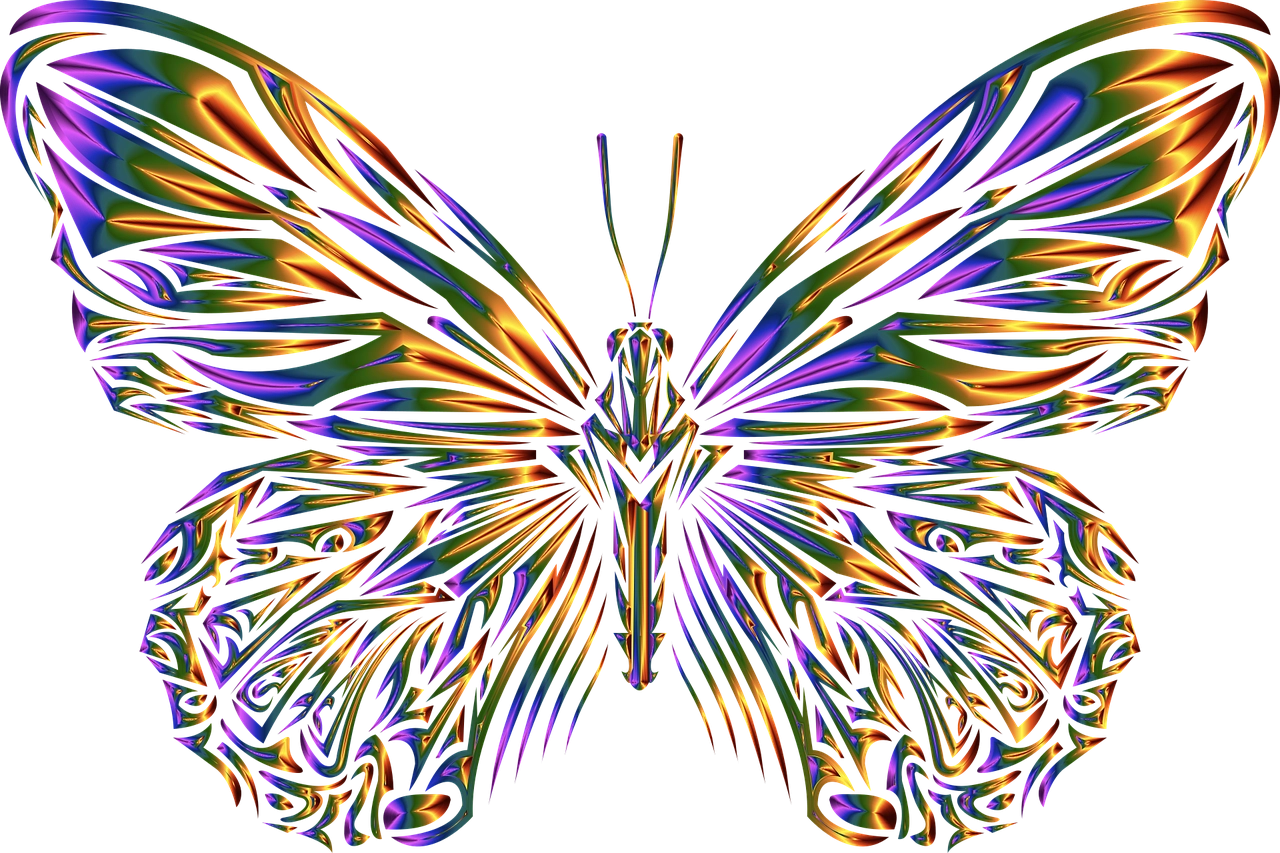The Evolution of Pet Keeping: From Ancient Times to Today

Looking for more amazing products? Check out our online store and explore our collection here! Happy shopping!
Before diving in, please note: This post is for informational purposes only. If you’d like to know more about how we approach topics, feel free to check out our friendly Disclaimer Page.
Hey there, amazing readers! 
We’re committed to delivering quality posts, and your support (even just sticking around despite the ads) means everything to us. So, bear with us, and thanks for helping us keep the good vibes rolling. Now, on to the fun stuff!
TRANSLATE BUTTON AT THE END OF THE ARTICLE
A Quick Overview
Pet keeping has been an integral part of human society for thousands of years.
From the loyal companionship of dogs to the serene presence of cats, our relationship with animals has evolved significantly.
No longer just helpers on the farm or guardians against pests, pets have become cherished family members and, in some cases, symbols of status.
Let’s explore this captivating journey through time and witness how our bond with pets has transformed from ancient times to today.
The Dawn of Domestication: Pets in Ancient Cultures
Imagine walking through a bustling ancient market, the sounds of merchants haggling and animals braying filling the air.
Here, pets can be spotted, not as mere animals but as companions that bridge the gap between humans and nature.
The initial steps toward domestication likely began with the earliest humans who formed bonds with wolves for hunting and protection.
These relationships laid the groundwork for the domesticated dog.
As societies developed, the roles of pets diversified.
In Ancient Egypt, cats were revered and considered sacred.
You could say they had a VIP status!
They helped control pests and were associated with the goddess Bastet.
Killing a cat, even accidentally, could lead to severe consequences.
It wasn’t just about companionship; there was a spiritual dimension too.
Other cultures adopted different pets based on their needs.
In Mesopotamia, for example, small birds and fish found their way into homes.
The diversity of pets across various cultures reflects how deeply intertwined animals were with human lives.
These early pet-keeping practices set the stage for the rich tapestry of relationships we see today.
Cats and Dogs: Humanity’s First Furry Friends
When we talk about pets, our thoughts often drift to dogs and cats.
These two species have been by our sides for millennia.
Dogs were likely the first domesticated animals, serving as hunters, protectors, and companions.
Their loyalty and ability to form strong bonds with humans make them special.
Cats followed closely behind in the pet hierarchy.
While they started as utilitarian companions—keeping farms free of vermin—they soon became beloved household members.
The allure of cats lies in their autonomy; they’re like the cool kids of the pet world.
They don’t require the same level of attention as dogs, which makes them ideal for busy lifestyles.
Interestingly, the distinction between working animals and companions began to blur over time.
Today, both cats and dogs are often seen as family members who enrich our lives with their personalities.
They bring joy, comfort, and sometimes mischief to our daily routines.
Discover "Dog Care: Learning How to Care for Your Furry Friend
"
The Role of Animals in Ancient Civilizations
In ancient civilizations, pets were more than companions; they played vital roles in society and culture.
In China, silkworms were prized not only for their silk but also for the status they conferred upon their owners.
Owning exotic pets often demonstrated wealth and power.
In Ancient Greece, philosophers like Aristotle recognized the intelligence of animals, leading to a deeper appreciation of their roles in human life.
Greek mythology, with its many animal deities, reflects the close relationship between humans and pets.
Animals were viewed as embodiments of traits humans aspired to, such as loyalty, courage, or cunning.
When we explore the Roman Empire, we see pets in a different light.
Wealthy Romans kept exotic animals like monkeys and peacocks, while common folk might have had dogs and cats.
The Romans even had laws protecting pets, indicating an awareness of their importance in society.
Pets in the Middle Ages: Companions and Guardians
Fast forward to the Middle Ages, and the pet landscape shifts again.
During this time, animals were essential for survival.
Dogs were not only companions but also worked as herders and guard dogs.
Having a well-trained dog could mean the difference between life and death in times of strife.
Cats continued their reign as pest controllers in households and barns.
However, their status took a hit during the witch hunts, where they were often associated with superstition and witchcraft.
Despite this, they managed to retain their place in many homes.
In rural communities, animals weren’t just pets; they were part of the family unit.
People often saw them as protectors of children and property.
The bond between humans and their pets became even more pronounced, fostering a sense of loyalty and kinship that still resonates today.
Renaissance Revelations: Pets in Art and Society
The Renaissance marked a pivotal moment in art and culture, and pets found their way into paintings, literature, and everyday life.
Artists like Albrecht Dürer and Leonardo da Vinci featured animals prominently in their works.
These depictions elevated pets to an esteemed status, showcasing their importance in society.
During this period, the variety of pets expanded.
Birds became popular with the upper class, symbolizing refinement and exotic tastes.
People began to see pets not just as utility animals but as companions that could enhance social status.
This era also saw a more profound understanding of animal emotions and behaviors.
Treatises began to emerge, discussing the care and training of pets.
Novelists and playwrights wrote about pets, portraying them as loyal companions that reflect human virtues.
The bond between humans and animals was no longer just practical; it had become emotional and symbolic.
The Rise of Exotic Pets: A Trend Through Time
As trade routes expanded, so did the variety of pets people kept.
Exotic animals like parrots, monkeys, and even reptiles became fashionable in the homes of the wealthy.
With each new discovery, the allure of the unusual captivated many.
Owning an exotic pet became a way to showcase one’s wealth and sophistication.
Townsfolk often gathered to catch a glimpse of these rare creatures.
This fascination continues today, with people drawn to unique pets that make a statement about their lifestyle.
However, this trend also raised ethical questions.
The capture and trade of exotic animals can have devastating impacts on their populations in the wild.
It’s a delicate balance between fascination and responsibility that pet owners must navigate.
Industrial Revolution: Changing Views on Pet Care
The Industrial Revolution brought about monumental changes in society, including the way we view pets.
As people moved to urban areas, life became busier, and pets evolved from working animals to household companions.
Dogs and cats became fixtures in homes, with people seeking comfort in these furry friends amidst the chaos of industrial life.
This era also saw the emergence of pet care products and services.
Think about it—before this time, a trip to the vet wasn’t on anyone’s agenda!
The rise of veterinary medicine and pet food industries transformed the way we care for animals.
People began to prioritize the health and well-being of their pets, leading to the first pet care manuals and guides.
The concept of pets as integral family members gained traction, paving the way for modern pet ownership.
The 20th Century: Pets as Family Members
By the time the 20th century rolled around, pets were firmly established as family members.
The rise of television and media influenced public perceptions of pets.
Movies and shows featuring dogs and cats highlighted their loyalty, intelligence, and companionship.
Society began to embrace the idea that pets contribute positively to human well-being.
Studies showed that interacting with animals reduces stress and provides emotional support.
This recognition solidified pets’ statuses as valuable companions, rather than mere possessions.
The pet industry exploded during this time, with pet food, toys, and accessories flooding the market.
People no longer hesitated to spend money on their furry friends.
The idea of pampering pets became commonplace, leading to a surge in pet spas, boutiques, and even pet hotels.
The Role of Technology in Modern Pet Keeping
Fast forward to today, and technology has revolutionized pet keeping.
Smart feeders, pet cameras, and health monitoring devices make caring for pets easier than ever.
It’s like having a personal assistant for your pet—who knew we’d live to see the day?
Social media has also played a significant role in how we interact with our pets.
Pet influencers can garner thousands of followers, turning pets into celebrities.
This phenomenon has not only created a new niche in marketing but has also strengthened the bond between pets and their owners.
Apps for pet training and health tracking are on the rise.
Animal welfare organizations leverage technology to promote awareness and adoption.
We can now connect with other pet owners globally, sharing tips, experiences, and even stories of our beloved companions.
Health and Nutrition: Evolving Care for Pets
As we become more aware of health and nutrition, our approach to pet care has evolved remarkably.
The days of feeding pets table scraps are fading.
Today, pet owners have access to a plethora of high-quality food options tailored to their pets’ specific needs.
Veterinary care has advanced as well, with modern medicine offering preventive care, dental health, and specialized diets.
Regular check-ups are now part of responsible pet ownership.
Moreover, there is a growing trend toward holistic and organic pet products.
People increasingly seek out natural remedies and nutrition for their pets, reflecting a broader societal shift toward health consciousness.
The Pet Industry Boom: A Multi-Billion Dollar Market
It’s no secret that pets have become big business.
The pet industry has exploded into a multi-billion dollar market, catering to every need and whim of our furry friends.
From gourmet pet foods to luxury pet accessories, the choices are endless.
Pet grooming, training, and boarding services have also proliferated.
Many businesses now offer unique services such as doggy daycares and pet-friendly travel accommodations.
There’s even a market for pet fashion, with clothing lines designed specifically for pets.
Pet owners are willing to spend on their pets like never before.
The bond between humans and animals has given rise to this thriving industry, emphasizing the importance of pets in our lives.
Future Trends: What’s Next for Pet Keeping?
As we look ahead, the future of pet keeping looks promising.
With advancements in technology, pet care will likely become even more personalized.
Imagine customized nutrition plans based on your pet’s genetic makeup or wearable technology that tracks their health in real time.
Adoption trends are also shifting.
More people are choosing to adopt rather than shop for pets, leading to a greater focus on animal welfare.
We’re seeing an increase in awareness about responsible pet ownership and the importance of spaying and neutering.
Mental health awareness is influencing pet care too.
Emotional support animals are becoming a mainstream concept, allowing people to benefit from the companionship of pets.
As society continues to evolve, our bond with animals will likely grow even deeper, shaping the future of pet keeping.
Conclusion
The journey of pet keeping has been a fascinating one.
From ancient times when animals were simply helpers to modern-day companions regarded as family, our relationship with pets continues to develop.
As we embrace new technologies and ideas, the future of pet keeping promises to be as dynamic and enriching as its past.
Our furry friends, with their unwavering loyalty and love, will always hold a special place in our hearts and homes.

The Enlightenment Journey is a remarkable collection of writings authored by a distinguished group of experts in the fields of spirituality, new age, and esoteric knowledge.
This anthology features a diverse assembly of well-experienced authors who bring their profound insights and credible perspectives to the forefront.
Each contributor possesses a wealth of knowledge and wisdom, making them authorities in their respective domains.
Together, they offer readers a transformative journey into the realms of spiritual growth, self-discovery, and esoteric enlightenment.
The Enlightenment Journey is a testament to the collective expertise of these luminaries, providing readers with a rich tapestry of ideas and information to illuminate their spiritual path.
Our Diverse Expertise
While our primary focus is on spirituality and esotericism, we are equally passionate about exploring a wide range of other topics and niches 

To ensure we provide the most accurate and valuable insights, we collaborate with trusted experts in their respective domains 
Our blog originally focused on spirituality and metaphysics, but we’ve since expanded to cover a wide range of niches. Don’t worry—we continue to publish a lot of articles on spirituality! Frequently visit our blog to explore our diverse content and stay tuned for more insightful reads.
Hey there, amazing reader! 
Check out our store here and take a peek at some of our featured products below! Thanks for being awesome!











